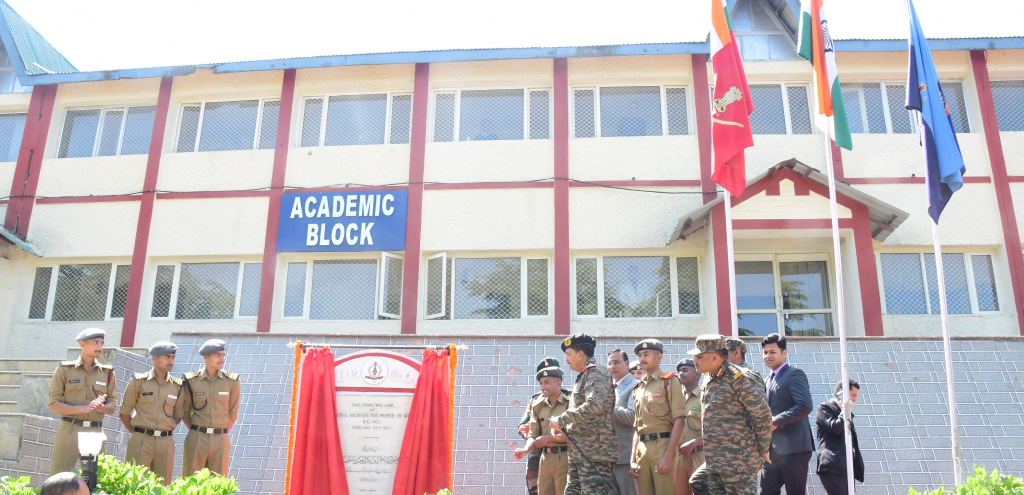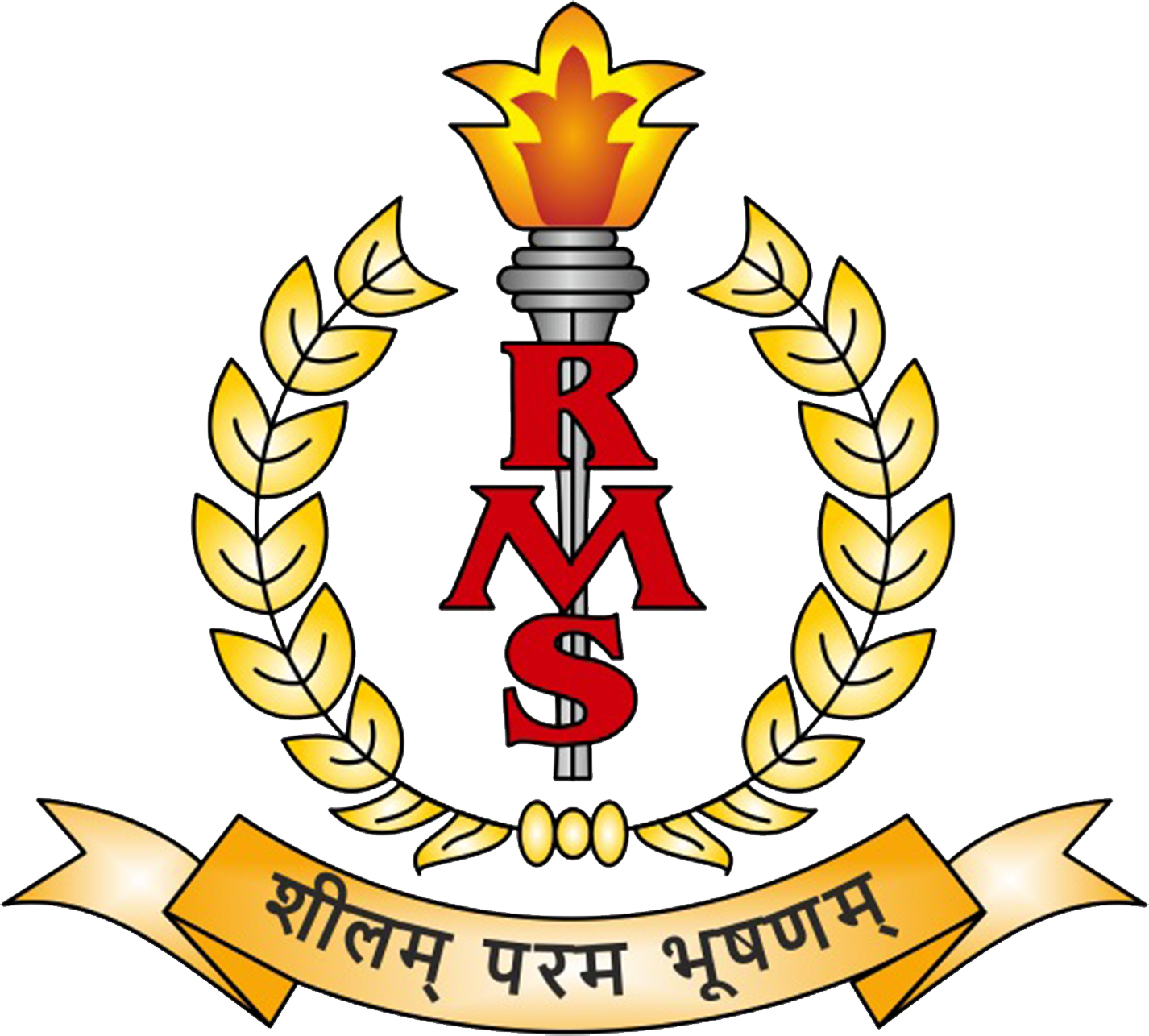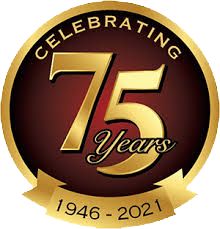British colonial origin
King George V (1865-1936) was the king of Great Britain and the emperor of India from 1910 to 1936. Though during World War I he had no direct responsibility, his duties took him to 450 military and naval installations, 300 military hospitals, and to several other places for personally distributing as many as 58,000 decorations. It was during these visits that King George V was so impressed with the courage and fighting abilities of the Indian troops that at the conclusion of the war, he decided to set up some institutions for the education of children of Indian Jawans. Hence these schools were named "King George Royal Indian Military Colleges" (KGRIMC). Along with its sister KGRIMS institute now located in Jhelum, Pakistan, Chail Military School was named as King George Royal Indian Military School after King George V. After World War I, in February 1922 the foundation stone of the school was laid at Jalandhar Cantonment and regular classes were started in Punjab in 05 September 1925 at Jalandhar Cantonment and the second campus at KGRIMS Jhelum (now in Pakistan). In 1930, the King George Royal Indian Military College of Ajmer was established. In 1945 when World War II came to an end, two more King George Royal Indian Military Colleges were started at Belgaum and Bangalore by King George VI.
The school was founded to provide free education to the sons of JCOs, NCOs and ORs to prepare them for Army examinations including the Indian Special Certificate of Education. The curriculum of the school was based on military requirements with English as a medium of instruction. The strength of the school was 250 and the staff consisted mostly of military personnel. In the beginning, the staff were entirely military personnel, with exception of office staff who were civilians. Initially, all instructors were officers, but they were gradually replaced by JCOs.
During the Second World War the school was designated as a college. One hundred more cadets were admitted under the expansion scheme. The eligibility norms were relaxed to facilitate enrollment of near relatives of Army personnel and admissions were thrown open to all branches of the armed forces. At that time, Jalandhar and Jhelum military colleges were affiliated with the Panjab University for matriculation and intermediate examinations. The institution produced a large number of officers. During World War II the cadets of these institutions were granted an emergency commission and subsequently, permission was granted for entry of the Cadets to the Armed Forces looking to the training they received at these institutions.



